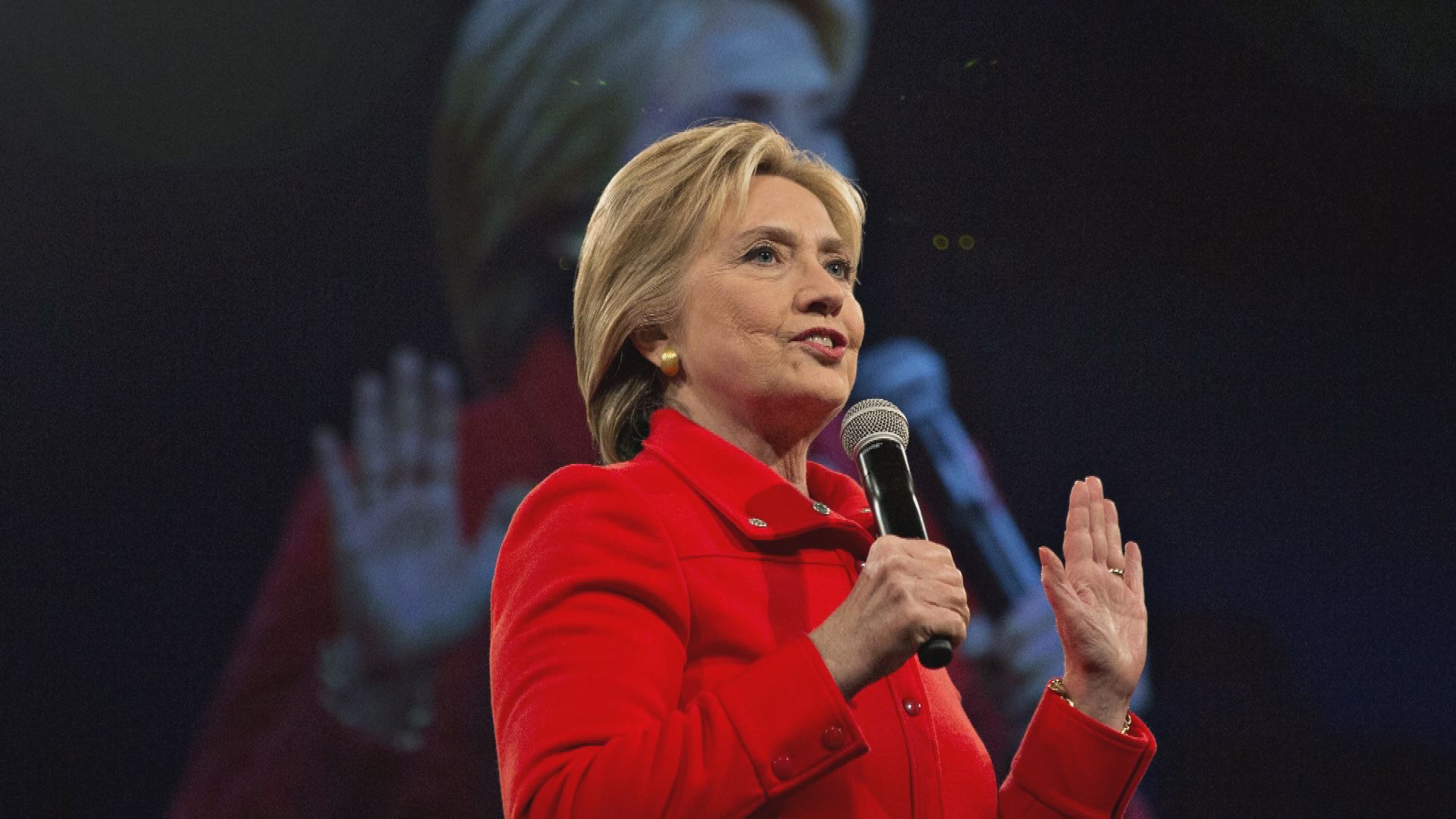Polls Tighten, But Hillary Clinton Retains Electoral College Edge

EghtesadOnline: The post-Labor Day sprint to the presidential election began with welcome news for Donald Trump. A CNN national poll of likely voters released Tuesday found him 2 points ahead of Hillary Clinton, who has made few public appearances in recent weeks while barnstorming the fundraising circuit.
It was the Republican nominee's first lead in a major poll since his party convention in July, and it reflects a tightening in the race. Clinton’s lead over Trump fell to 3.3 percentage points in the RealClearPolitics average of national polls from 6.3 points on Aug. 27. A FiveThirtyEight forecast boosted Trump's odds of victory in November to one in three, according to Bloomberg.
The shift appears primarily driven by Trump unifying GOP voters. The CNN survey found him ahead by 88 to 3 percent among Republicans, and by 48 to 28 percent among independents. Clinton led 90 to 2 percent among Democrats.
Popular vote aside, Clinton retains a significant edge in the electoral college, thanks to the Democratic Party's structural advantages and the fact that Trump's unfavorable ratings are higher than hers. She has numerous viable paths to victory while Trump needs to run the table in the most competitive states.
Still, Clinton cannot afford to be complacent. As polling analyst Nate Silver noted in a blog post, the degree of uncertainty in the race is high due to large number of undecided and third-party voters in recent surveys. And state polls can catch up to national polls.
"National polls tend to be of higher quality and the states are not divorced from the national polls," said Ken Goldstein, a professor of politics at the University of San Francisco and a polling analyst for Bloomberg Politics. "At the end of the day this race remains Hillary Clinton's to lose. That said, she may be capable of that."
For now, at least, Trump has a steep hill to climb.
Of the 14 most competitive states, the latest polling averages tracked by RealClearPolitics find him leading only in Iowa and the Republican-leaning states of Arizona, Georgia and Missouri (each by 3 or fewer points). Clinton is up by 5 points or less in Florida, Virginia, Ohio, Nevada and North Carolina, with larger cushions in Colorado, Pennsylvania, Wisconsin, Michigan and New Hampshire.
"We always expected things would tighten but we are strategically positioned in the battleground states bolstered by strong grassroots operations and the Trump campaign is ill-prepared much like their candidate," Clinton campaign spokesman Jesse Ferguson said in an e-mail.
An analysis Tuesday by NBC News found that based on the latest polls, there are enough "likely" or "lean" Democratic states to win Clinton 272 electoral votes and the presidency, even if Trump wins each of the six most competitive states.
"The race will tighten as we approach November 8th, but Hillary Clinton continues to be in a commanding position and the Electoral College math tells us she will remain in the lead," said Neil Levesque, the executive director of the New Hampshire Institute of Politics and Political Library at Saint Anselm College.
GOP strategist Mark Stephenson said his Red Oak Strategic's presidential tracking poll shows the race tightening—Clinton is down three points to 45 percent with likely voters nationally, and Trump climbed three points to 42 percent.
"Most of the movement came from independents," said Stephenson, who was head of analytics for Scott Walker's presidential campaign and is unaffiliated in the 2016 contest. In the Sept. 1-2 poll, Trump gained 2 percent and Clinton lost 5 percent among independents since the last survey, released Aug. 23, he said.
Republican strategist Brad Todd said Clinton's rising unpopularity is preventing her from locking up the race, and argued that Trump has "three possible paths" to victory—all include winning Ohio, Florida and North Carolina.
"The coal-steel route adds Pennsylvania," Todd said. "The growth route adds Nevada and Virginia. The toughest route is an older-voter runaway and includes Iowa, Nevada, and Wisconsin."


